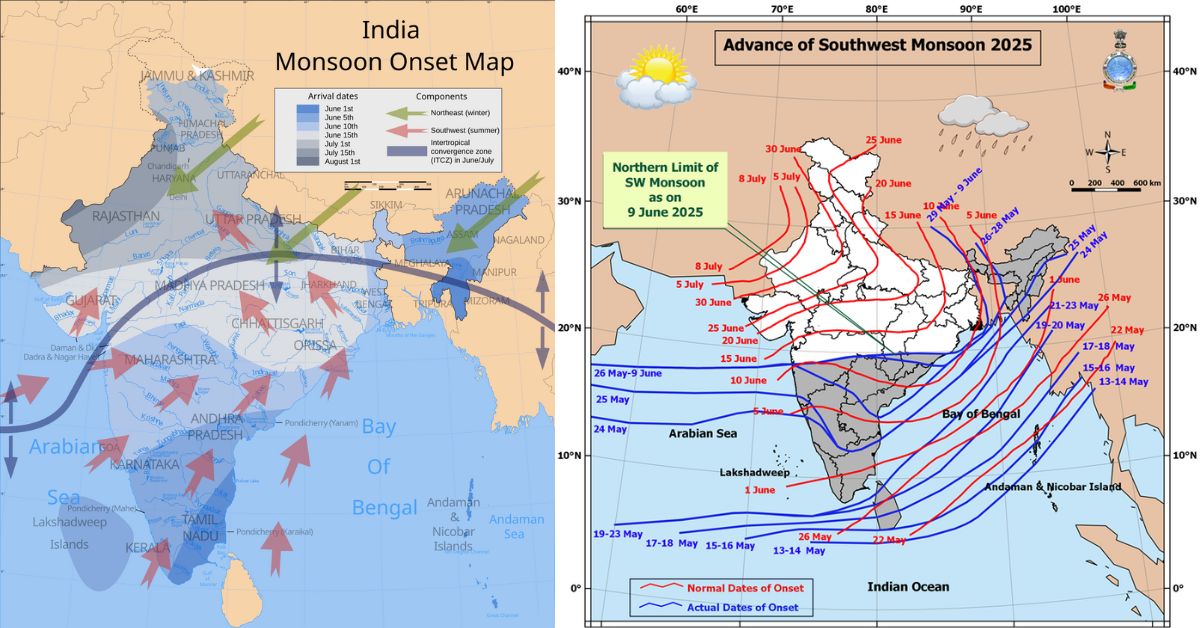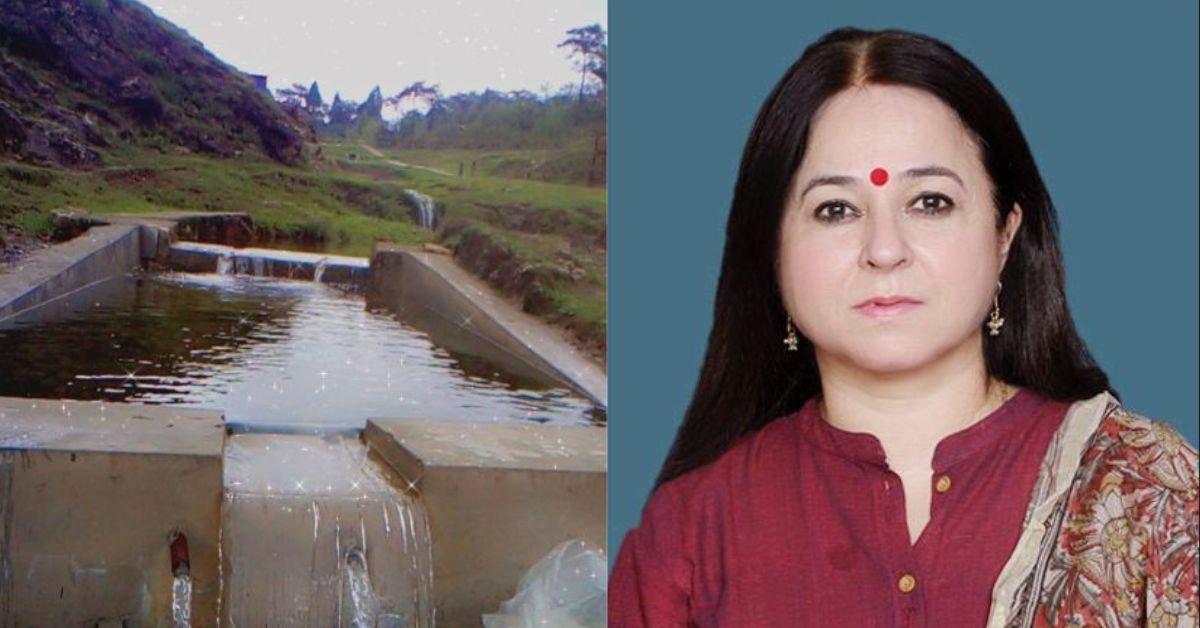Every monsoon, dark clouds gather with purpose, their intricate layers rolling over hills of northeast India like a cascade of silken drapes, cloaking the landscape in mist. As the rains drape its hills, they breathe life into every leaf and stream, crafting a living tapestry that captivates both locals and visitors.
This enchanting region, particularly the state of Meghalaya, is cradled by nature’s monsoonal bounty. Nestled in the East Khasi Hills, Mawsynram proudly holds the Guinness World Record for the highest annual rainfall, typically receiving an astonishing average of 11,872 milimetres of rain each year. The region has one of the longest monsoon seasons, from June to October.
The beauty of this region is not solely defined by its statistics. Visitors to Mawsynram often find themselves entranced by the symphony of rain, each drop singing a lullaby to the vibrant greens that carpet the earth. It is a place where the rain doesn’t merely fall; it sings, dances, and transforms the landscape into a paradise abundant with biodiversity.
Ever wondered why northeast India receives such heavy rainfall?
We sat down with Professor Upma Chaturvedi, head of the Department of Geography, Avadh Girls’ Degree College, Lucknow, to learn the science behind it.

A few important factors to note are the physical and geographical features that influence rainfall there. “Two key elements are the region’s relief and latitude. The first factor is the area’s unique topography, and then the southwest monsoon, which is followed by orographic rainfall,” she says.“The eastern Himalayan range and the hills in Meghalaya, Arunachal Pradesh, and Assam are crucial for the Southwest monsoon. The bend in the Himalayan range towards the northeast, known as the syntaxial bend, plays a significant role,” adds the professor.
Think of it like this: the region acts like a giant natural funnel. During summer, the land heats up and creates a low-pressure area. “In summer, winds from the Bay of Bengal branch of the southwest monsoon (high-pressure area) bring moisture and crash against the windward side of the towering hills of Garo, Khasi, and Jaintia. Here, they ascend, cool and condense into clouds that soar above Mawsynram, Arunachal Pradesh, and Assam,” says Upma, who often firsthand witnesses the beauty of the northeast during vacations.
Thus, in Mawsynram, the moisture-laden monsoon winds hit the Khasi Hills, they’re forced to rise. As they rise, the air cools, and the moisture condenses into heavy clouds. Result? Torrential rain, almost like the sky is pouring buckets.
The paradox of plenty
The rhythm of rain carries both promise and peril.
Northeast India finds itself at the mercy of nature’s whims too, with rivers such as the Brahmaputra surging in fury, carrying stories of displacement. This monsoon, heavy rain-triggered floods and landslides have reportedly claimed 49 lives across northeastern states, affecting the lives of over six and a half lakh people.
As floods sweep across the states, leaving highways submerged and lands precariously sliding, the need for sustainable solutions becomes imperative. “The lack of systemic efforts intensifies the water crisis,” Upma warns, urging a progressive symphony where modern science and ancient wisdom harmonise.
“Creating reservoirs, both real and artificial, could rewrite the monsoon’s script, and transform challenges into opportunities,” adds the professor.

Amidst this abundance, another poignant paradox unfolds. The Northeast, so rich in rain, faces the crippling irony of water scarcity. In these hills, women often tread generations-old paths, heavy pots balanced precariously upon their heads and waists.
As Upma notes, “Despite the purity of this rainwater, insufficient harvesting efforts leave communities parched. Although technology exists to convert ocean water to potable water, local communities often rely on small streams and remain vulnerable to water shortages.”
“The government and individuals must prioritise creating better water management strategies, including rainwater harvesting structures, and artificial and natural lakes. The geographic advantages of Northeast India should ideally contribute to sustainable water solutions,” she points out.
Mawsynram isn’t just about heavy rain — it’s a place where nature, culture, and climate come together in unique ways. From record-breaking rainfall to real-life water challenges, it has stories worth experiencing. Would you want to visit Mawsynram and see it all for yourself?
Edited by Saumya Singh
No comments:
Post a Comment